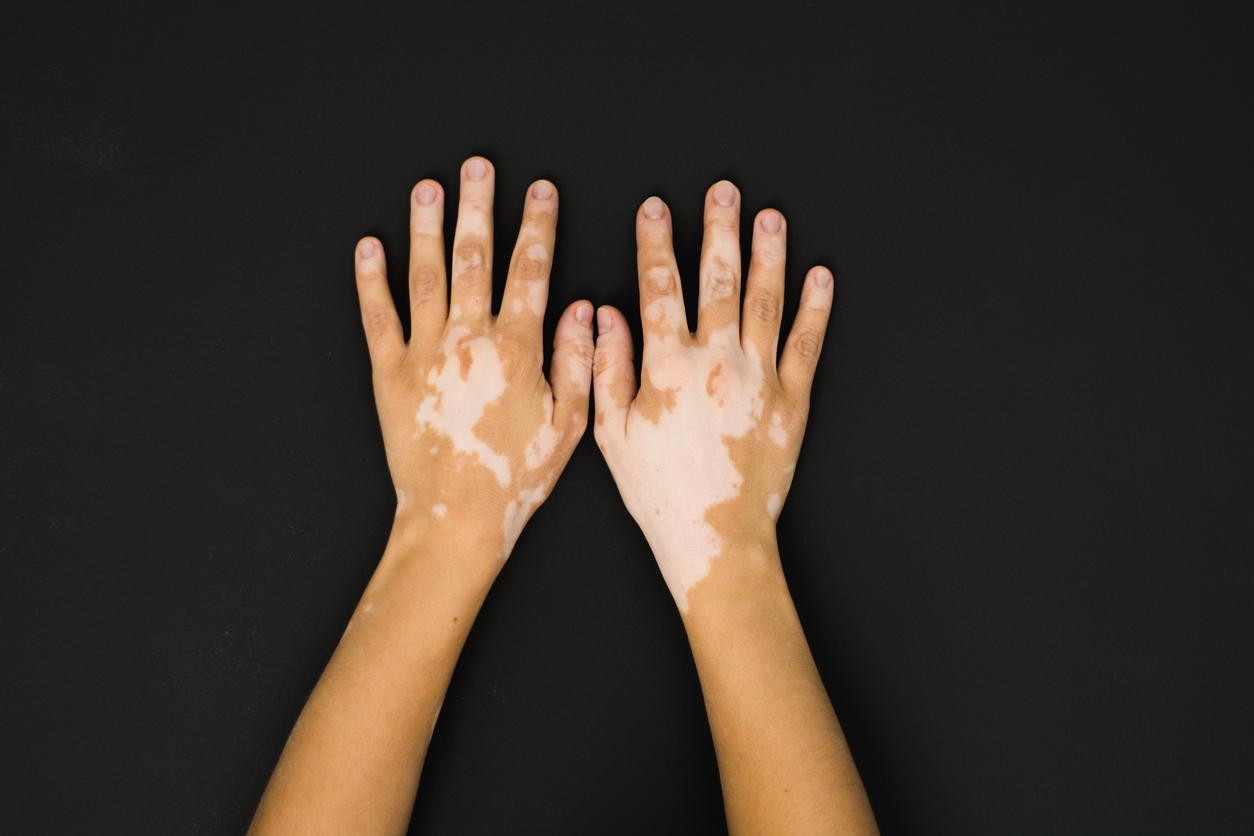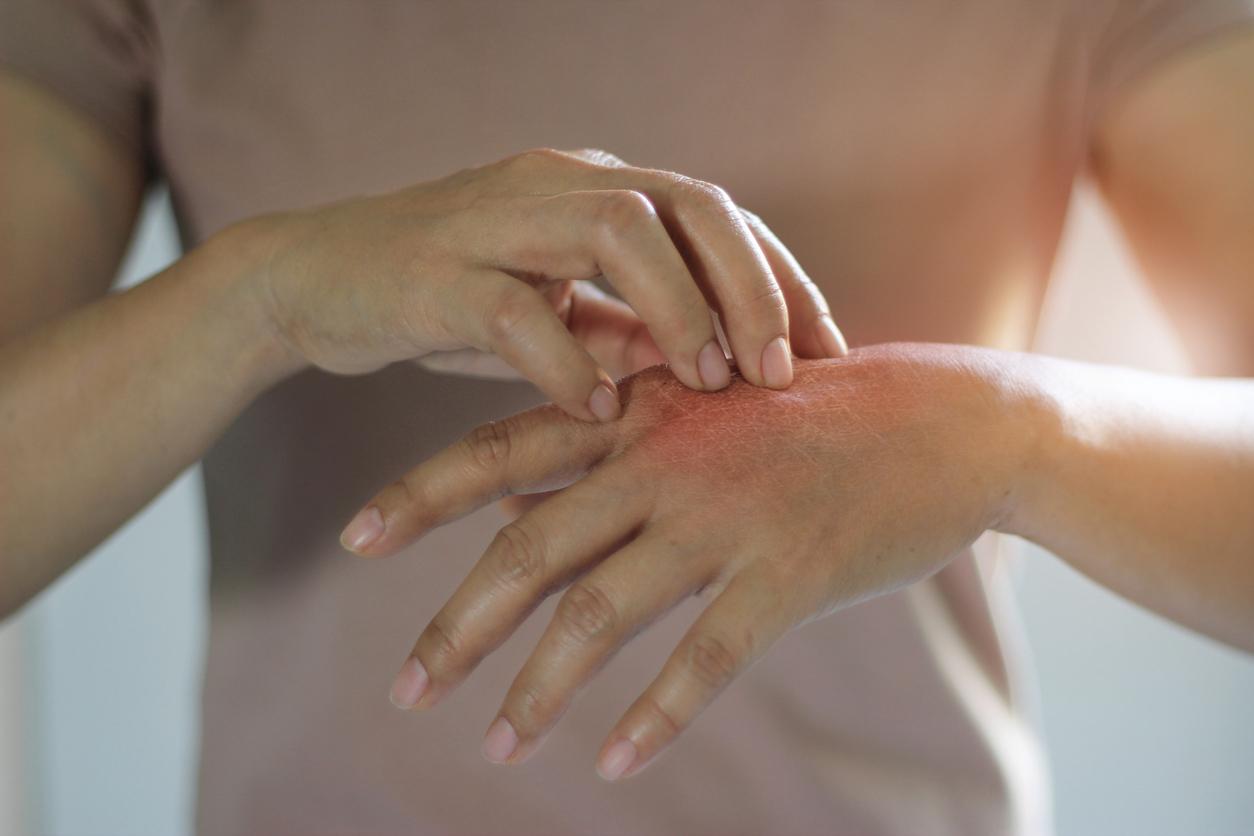A survey reveals for the first time what young patients with vitiligo experience, a skin disease whose stigma has a considerable psychological impact.

- A study collected, for the first time in France, the words of young patients on their experience of vitiligo, an autoimmune disease which is characterized by the appearance of white spots on the skin, most often before the age of 30.
- Although vitiligo is a benign skin disease, its stigma has a “considerable psychological impact among the more than a million French people who suffer from it”. More than half of volunteer patients suffer from psychosocial comorbidities such as anxiety and depressive disorders, social phobia, feelings of rejection, etc.
- It is at the time of puberty that the stigma is strongest. Among college students, “less informed and tolerant of people with vitiligo”, only a little more than a third would agree to be in physical contact (34%) or interact (38%) with a patient. The study also reports the teasing and harassment situations experienced by those involved.
If “In patients with vitiligo, quality of life and disease burden can be measured using generic dermatology instruments, they generally fail to detect nuances in how patients manage the overall burden of vitiligo .”
At the initiative of Incyte Biosciences France, the French Vitiligo Association and the Baltasar firm, a study carried out by Ifop collected, for the first time in France, the words of young patients on their experience of this disease autoimmune which is characterized by the appearance of white spots on the skin, most often before the age of 30.
The stigma of vitiligo, a source of psychological suffering
Although vitiligo is a benign skin disease, its stigma has a “considerable psychological impact among the more than a million French people affected”, reveals the survey carried out among 12 young people aged 12 to 25 suffering from vitiligo, as well as 1,000 others to measure beliefs and attitudes towards people who suffer from it. More than half of volunteer patients suffer from psychosocial comorbidities such as anxiety and depressive disorders, social phobia, feelings of rejection, sleep disturbances or even emotional and relational difficulties.
The first lesson from the study is that vitiligo remains little known among young people: only 30% of young people know about vitiligo, while 51% say they have heard of it. “As a result, 31% of young people who encountered a person with vitiligo were afraid that the person was contagious with 42% for men and 19% for women.”
It is at the time of puberty that the stigma is strongest. Among the college students, “less informed and tolerant of people with vitiligo”, only a little more than a third would agree to be in physical contact (34%) or interact (38%) with a patient. The study also reports the teasing and harassment situations experienced by those involved: “They told me ‘you stand in the corner and don’t touch the rest of the benches’. or at the swimming pool: “I try to ignore them. If I ignore them, they try to shout even louder to draw more attention to me and get people’s attention.” One in five young people experiencing vitiligo have witnessed a situation of stigmatization of this type.

Vitiligo: better information for less stigmatization
While one in five young people believe that society’s view of people with vitiligo harms their mental health, it is essential or important, according to them, to increase awareness around vitiligo. Young patients, for their part, insist on the need to “better inform caregivers and those around them, whose reaction can have an effect on the mental health (and of the patient, and of the caregiver, in this case often the parents)”. One of the patients testifies as follows: “There were questions every time I saw someone in my family: ‘What’s wrong with you?’ ‘Did you get burned?’ ‘Is it going away?’ ?” It was always the same questions that came up […]”
Final conclusion of the survey, talking about it with a therapist and those around them helps young patients accept their vitiligo. In particular by adopting certain strategies to “return the stigma”: as one patient explains, “It’s more by hiding it that we’re going to get ridiculed, than by putting it forward and assuming it. When we assume something, people can no longer attack too much. So instead, make it a strength and accept”.
















